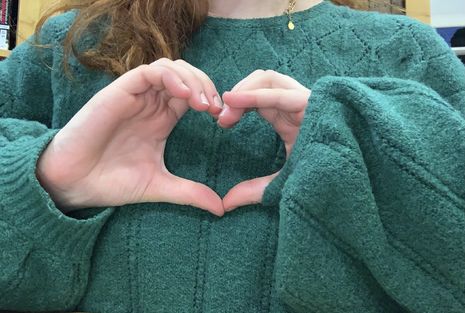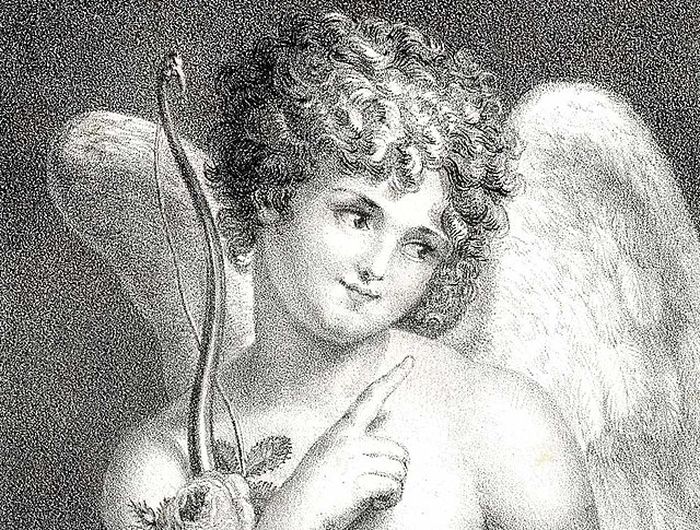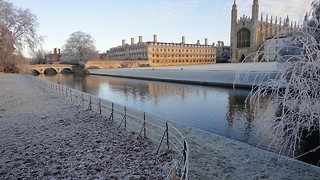The history of the love heart
The love heart has come a long way from the internal organ that pumps blood around our bodies. Looking at its literary history, Anna Wythe strips the symbol back down to its bloody and more difficult basics

Shiny. Succinct. Cute and cartoonish. I can’t deny I’m a frequent user of the heart emoji. The bouncy red symbol is at my fingertips for even the most trivial of occasions. There’s something oddly fascinating about sending these plump little dopamine hits into the world. I have an infinite supply and they cost me nothing, except perhaps my soul.
The love heart symbol has little in common with the organ that pumps blood around our bodies. We’ve done away with the ventricles and the arteries that bind it into our veins. In fact, we’ve utterly decontextualised it. The symbol exists outside of the body as though it was always that way. There is no sense of the wrenched or torn. My phone screen doesn’t fill with blood each time I ping away a cartoon heart.
“We twist words to articulate the wounds that leave no mark”
Just about the only cartoon I’ve ever watched is Tom and Jerry. On the crackly TV screen, life-threatening injuries disappeared in a matter of seconds. The antagonistic cat and mouse could be crushed by telegraph poles or trapped in freezers and bounce back to full strength while their enemy still was gloating. A cartoon heart has the same resilience, and the same unreality.
The iconography of love has a dark side. More martyrdom and metamorphosis than sheer mawkishness. Of course, love can be sweet, and I have no argument with those who find in it only care and affection. Yet, part of the miracle is finding yourself suddenly undergoing open heart surgery with no anaesthetic. In love, we reach for art. We twist words to articulate the wounds that leave no mark, the sense that everything is ruptured and our bodies are inside out.
“Perhaps then, it’s no bad thing that our roses are stained with blood and our emojis are torn from our chests”
In Joseph Plunkett’s poem about Christ, the world of the lover is saturated by the beloved; the flowers are saturated with his blood. It commemorates the idea of love as sacrifice, an idea which has seeped darkly into our minds, for better or for worse.
It’s no secret that St Valentine himself was a Christian martyr. He earned his romantic reputation by scribbling a note to his sweetheart in the hours before he was killed. This story finds a curious parallel in Plunkett’s own life. Our poet was an Irish Nationalist. In 1916, he joined the Easter Rising, a rebellion against British rule, only to be captured and sentenced to death. He married his beloved in the prison chapel mere hours before his execution.
“I see his blood upon the rose.” Plunkett’s poem brings us to the other Valentine’s Day staple: an overpriced bouquet from M&S. Flowers might lack the obvious body horror of a love heart but they lead us once again to the theme of violence. In Greek mythology, every tear or drop of blood seems to burst into bloom. The blood of Adonis gave us windflowers; the blood of Hyacinthus gave us the larkspur; the tears of Echo gave us the Narcissus flower. Such flowers seem hard-won, not only bled but mourned into existence.
I have no desire to ruin 14 February for you, quite the opposite. Something is lost when we flatten and commodify the iconography of love. Love has the ability to recalibrate the boundaries between the self and the world, the self and the beloved. Such upheaval is, at least metaphorically, a violent process, not to mention the possibilities of grief and sacrifice it binds us to. Love is rarely cute. It certainly isn’t pre-packaged and nougat-centred. Perhaps then, it’s no bad thing that our roses are stained with blood and our emojis are torn from our chests.
 Comment / Anti-trans societies won’t make women safer14 November 2025
Comment / Anti-trans societies won’t make women safer14 November 2025 News / Controversial women’s society receives over £13,000 in donations14 November 2025
News / Controversial women’s society receives over £13,000 in donations14 November 2025 News / John’s rakes in £110k in movie moolah14 November 2025
News / John’s rakes in £110k in movie moolah14 November 2025 Fashion / You smell really boring 13 November 2025
Fashion / You smell really boring 13 November 2025 Music / Three underated evensongs you need to visit14 November 2025
Music / Three underated evensongs you need to visit14 November 2025










